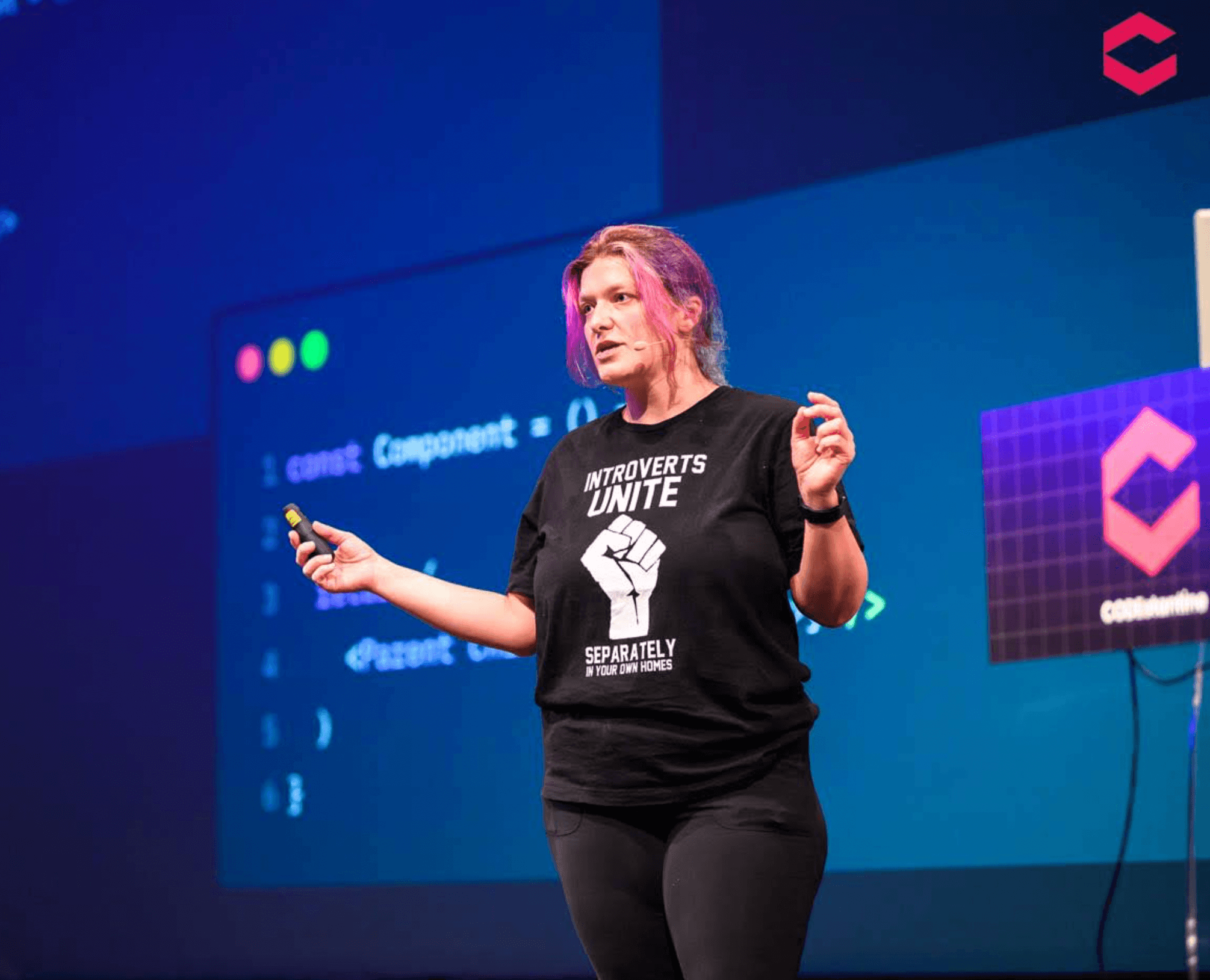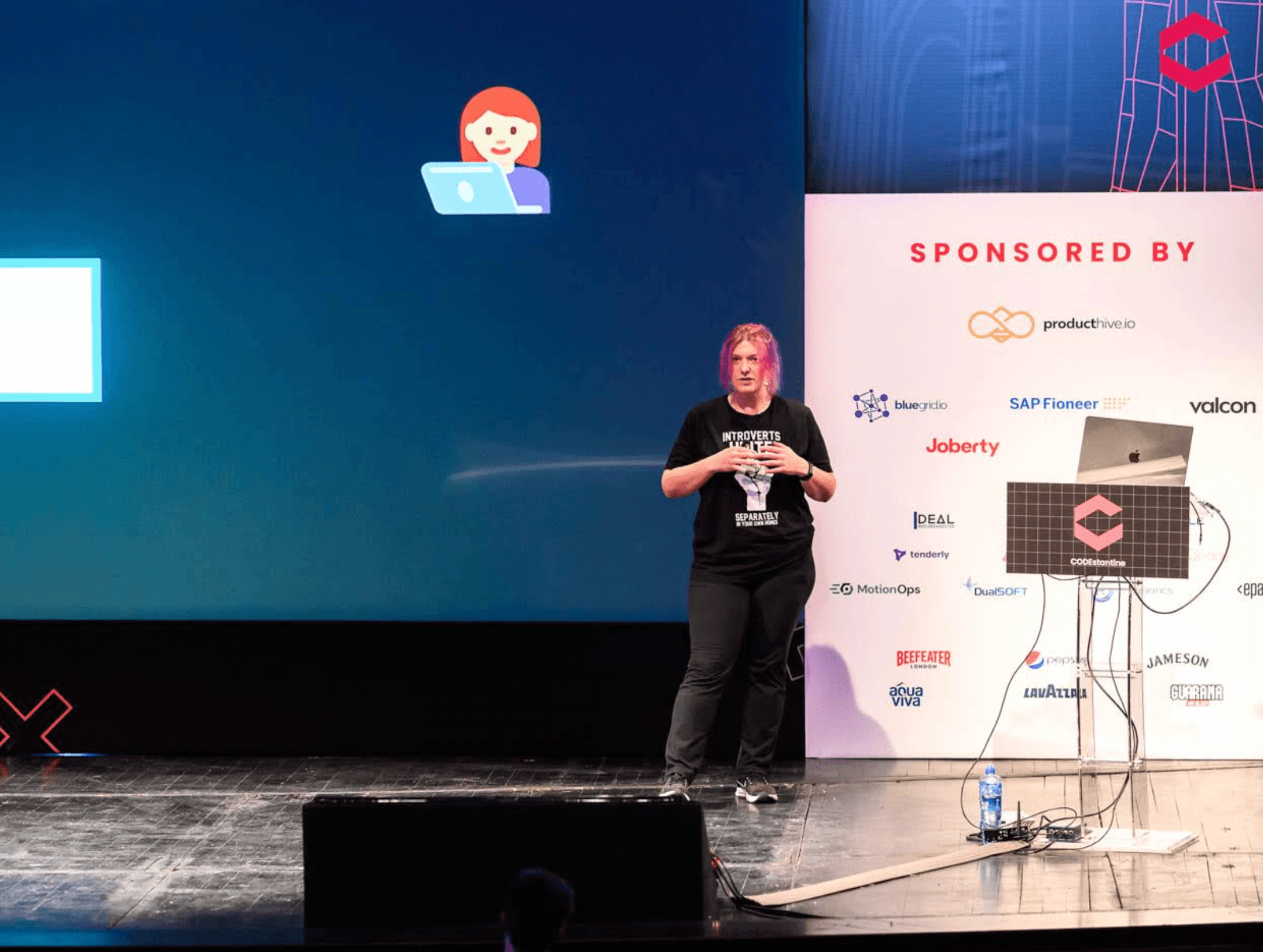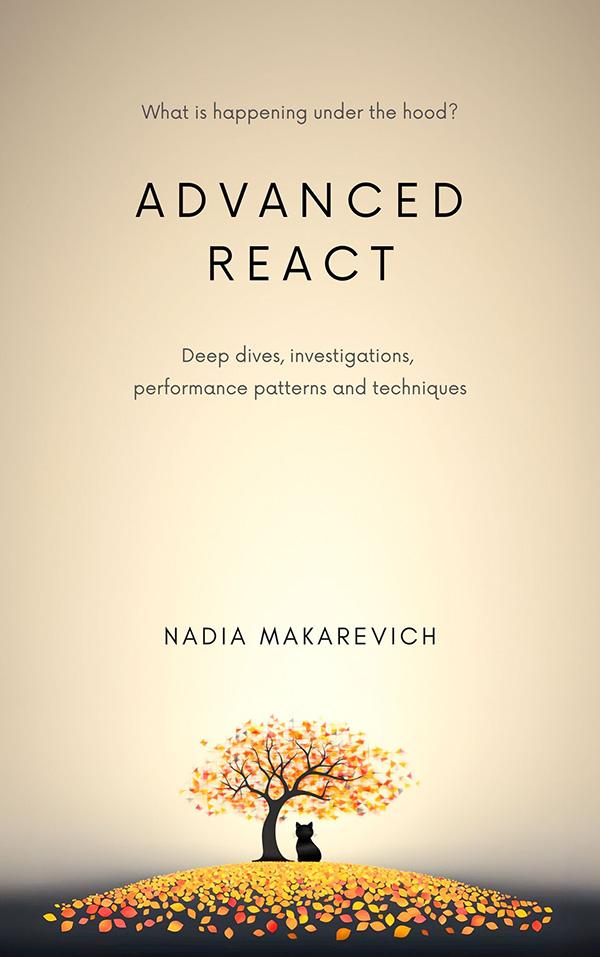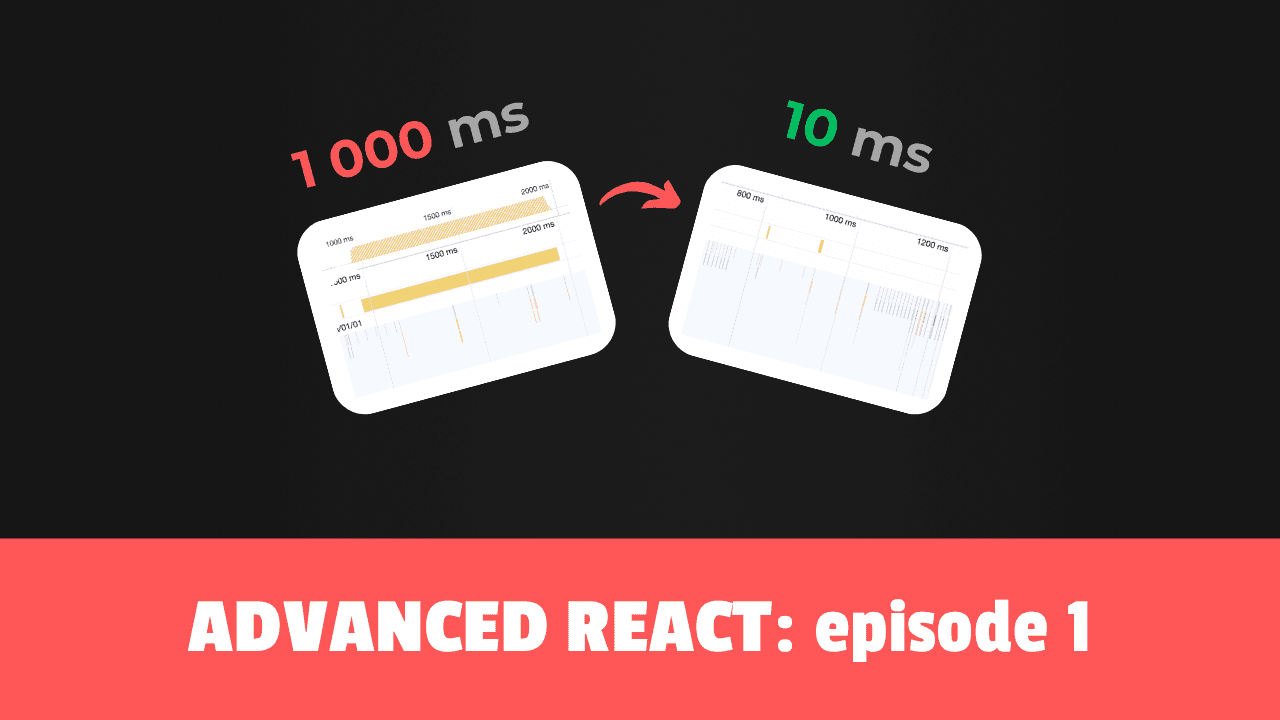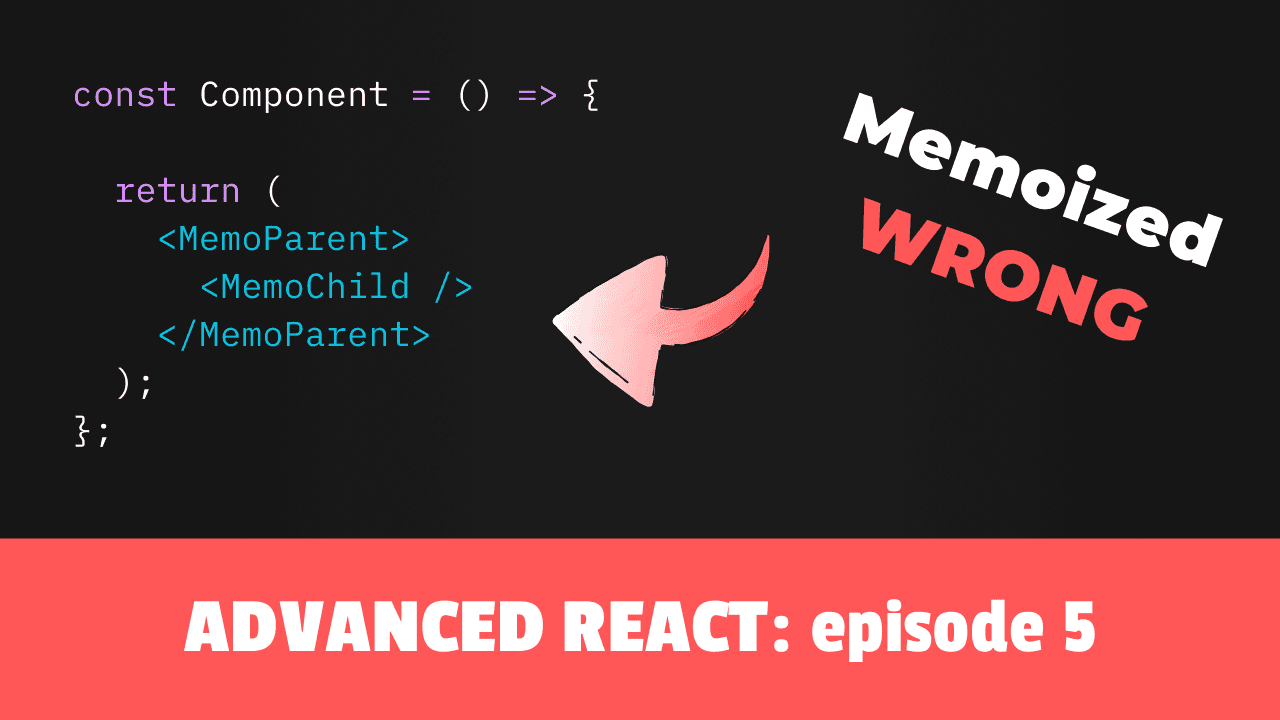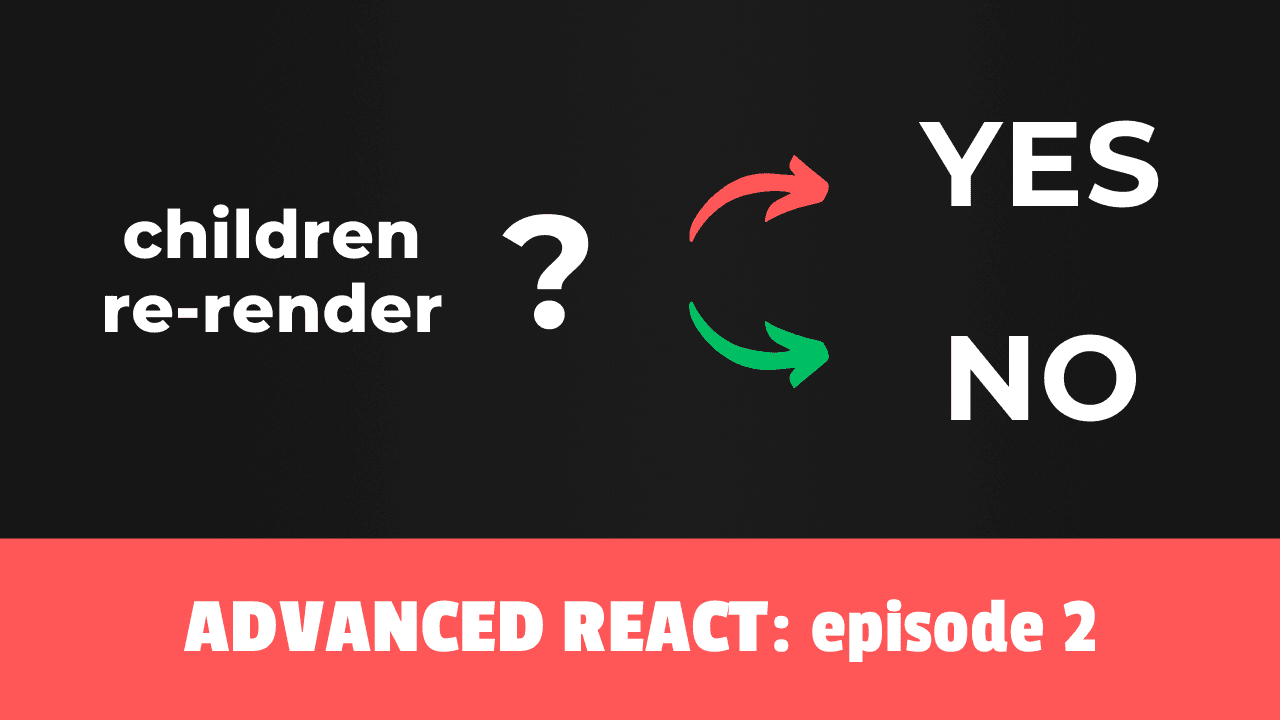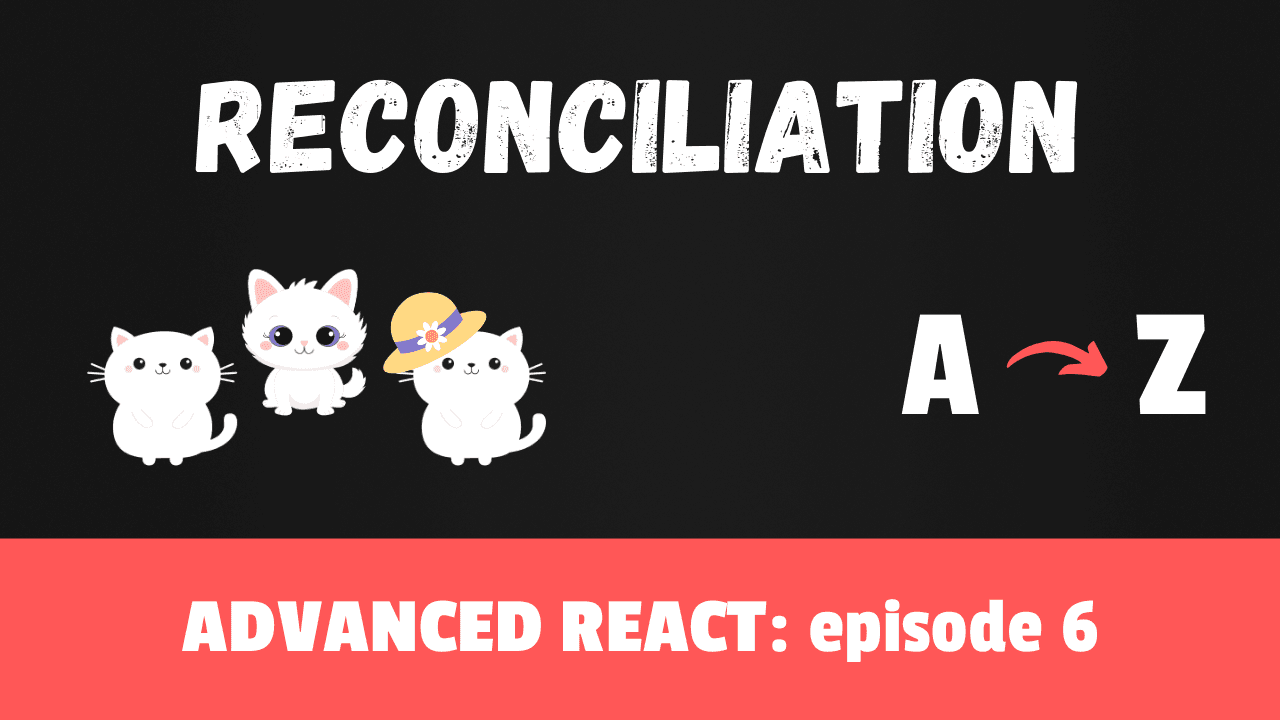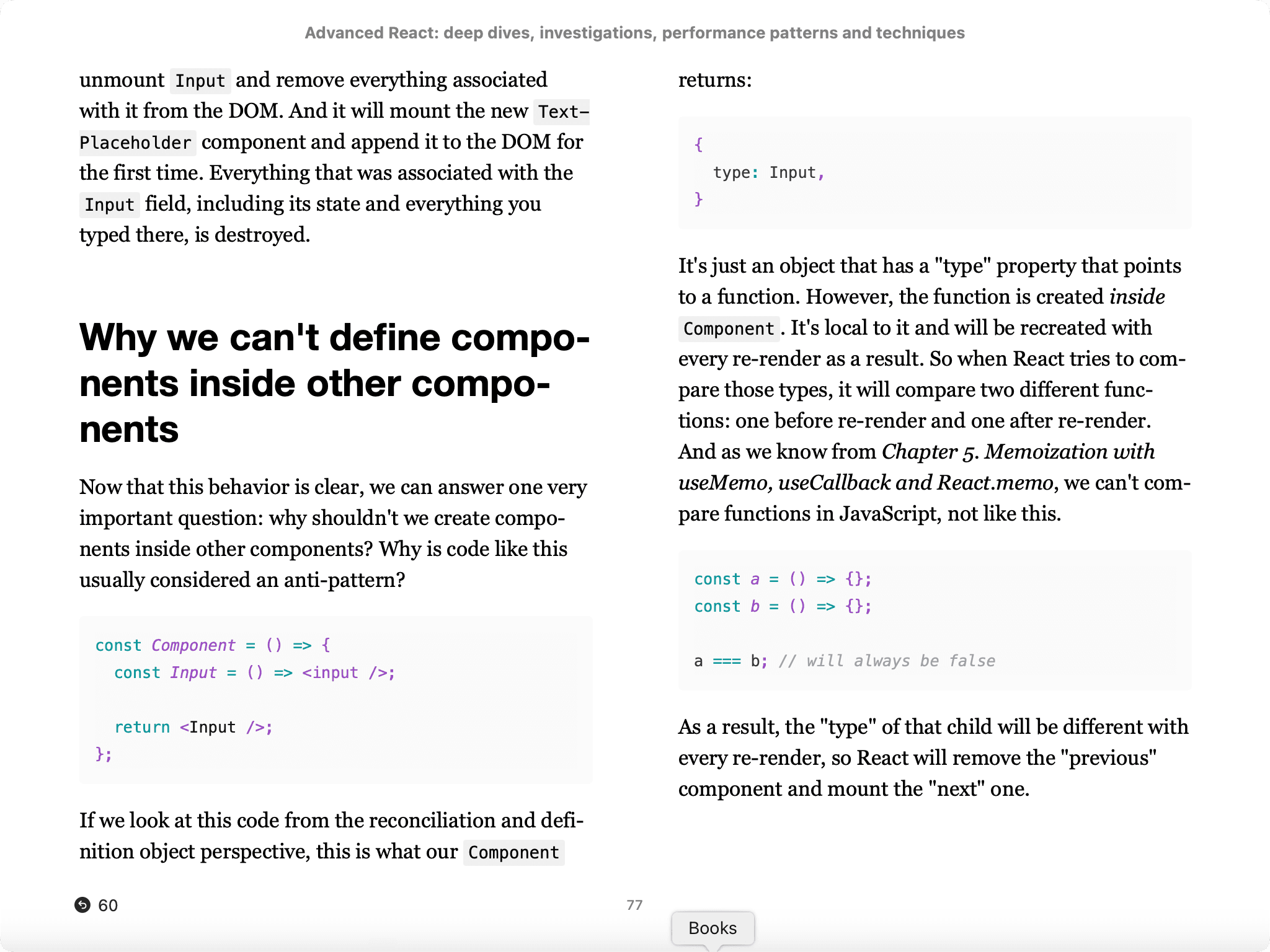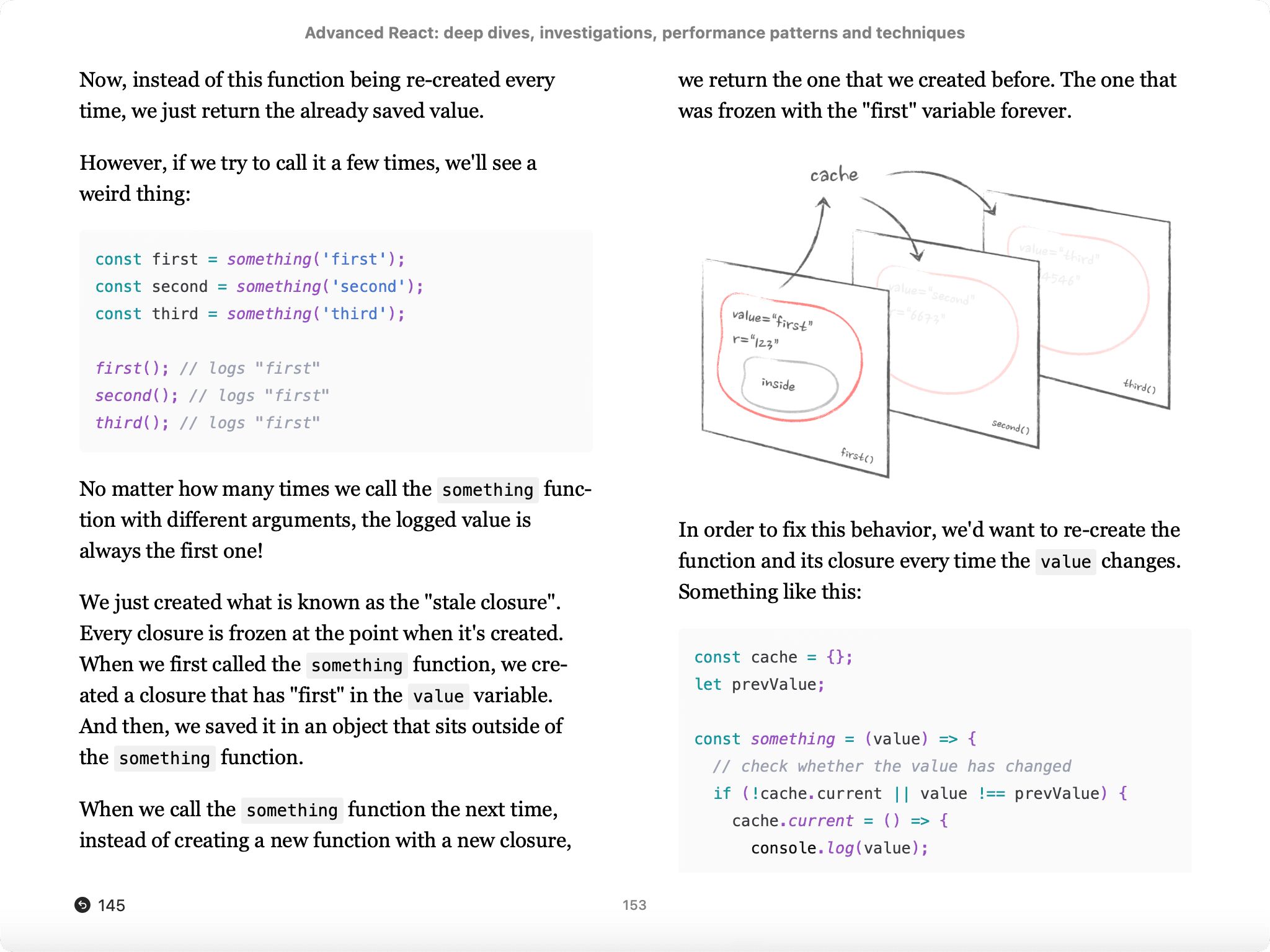Advanced React helped me to gain a deeper understanding of React, specifically it's reconciliation mechanism. The knowledge I gained from this book gave me the confidence to provide feedback to my teammates that have helped to eliminate a lot of useless code (useMemos and useCallbacks). Further, it has allowed me to to explain in detail the 'why' behind said feedback to the point where even the Senior Dev's on my team have updated their standards to better align.
This is a must read for anyone who regularly develops in React.
📘 I have just completed reading the first seven chapters of Nadia Makarevich 🇺🇦\'s book, "Advanced React", and I am thoroughly impressed with its in-depth insights. I strongly recommend this book to anyone who wants to master advanced React concepts. 🚀
And for those who claim to have taught React concepts in-depth, this book is a reality check. It's a fantastic resource to truly elevate your game. There's no fluff, just pure React brilliance! 💎
I thought I knew React until one day I fell upon a book on "Advanced React" with a cute cat cover. BTW, I love cats so, I had to read this book and realized soon that my React skills barely scratched the surface.
I just learnt way too many things from the book that have now truly made me an exceptional React developer. Each topic has great specific examples that show you the problem, potential solutions, and the best solution possible. It is a must read! I always refer the book whenever I am doubtful about my implementation.
Your book is definitely the best React literature that I could have possibly run into. The art of simplifying complex things is not something that everybody has. In fact, I believe it’s the rarest (and possibly the greatest) talent of them all. And the way you made us follow your train of thoughts with so much ease and fun, its just pure magic.
You’ve made me love React even more and inspired me to deepen my knowledge, and for that I am truly thankful! I will definitely keep reading your articles and hope for even more interesting content.
I have just completed the Advanced React book and I'm thrilled to view it through again to make sure that I remember all the tricks and best practices. Your skill of explaining complicated things in an easy way is just impressive.
Thank you for your hard work putting these concepts together.
"Advanced React" is one of the few books that has made it to my "must-read" list. It offers a deep dive into React code that is both easy to read and understand.
This book will elevate your coding to the next level. Utilizing the strategies that Nadia outlines in the book will improve your code. Point blank!
Advanced React Video Course
The first 7 chapters of the book are converted into YouTube video course. Available for free!
- Understand advanced React concepts easily with nice visualizations
- Interactive examples with every video
- Listen, watch and learn at your own pace
React book that everyone needs
Best-practices, architectures, techniques and performance optimizations - always in your pocket!
- Progress to the next level in your React journey
- Become the React performance guru in your team
- Discover that you might not know React as good as you think 😉
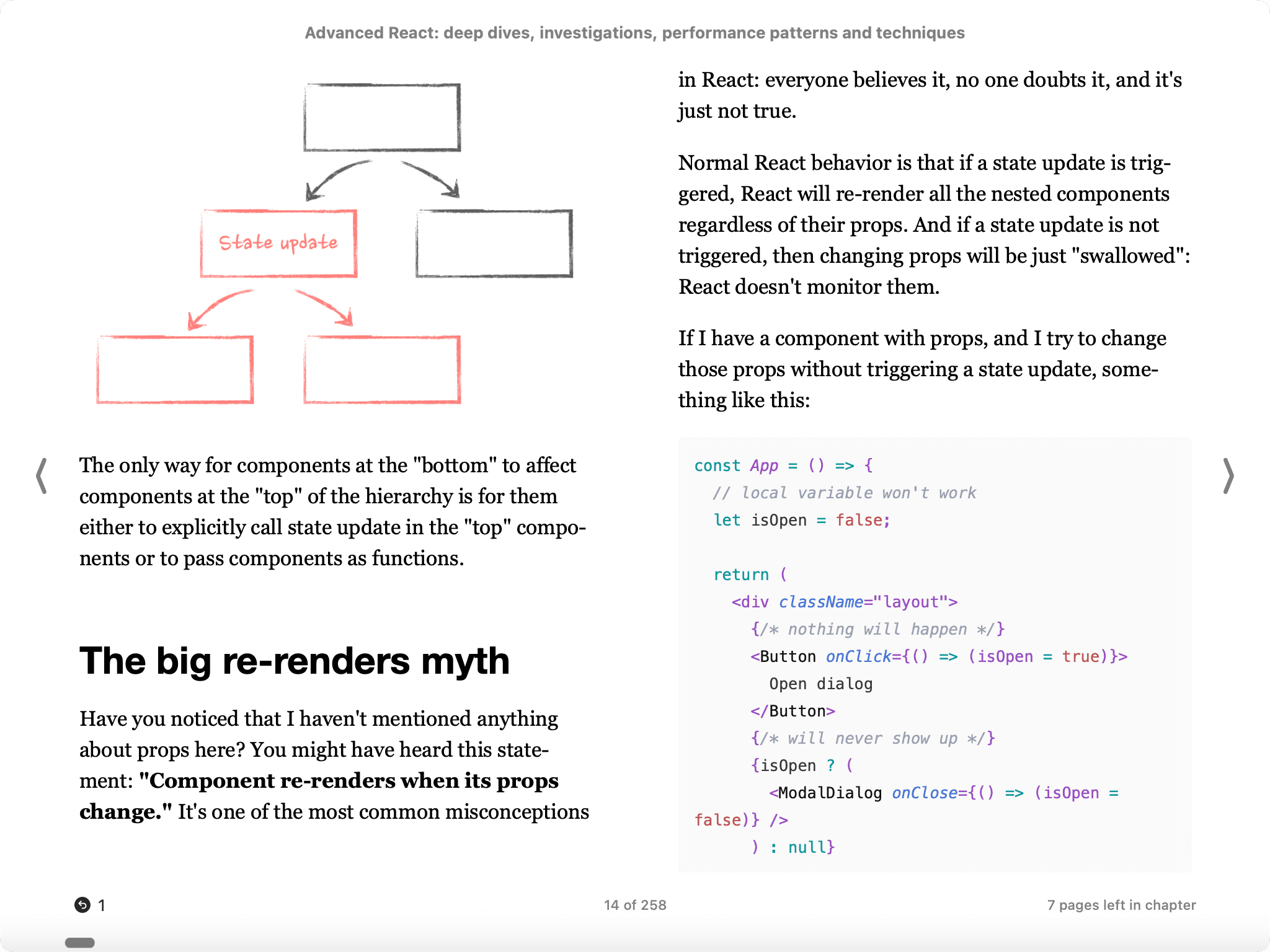
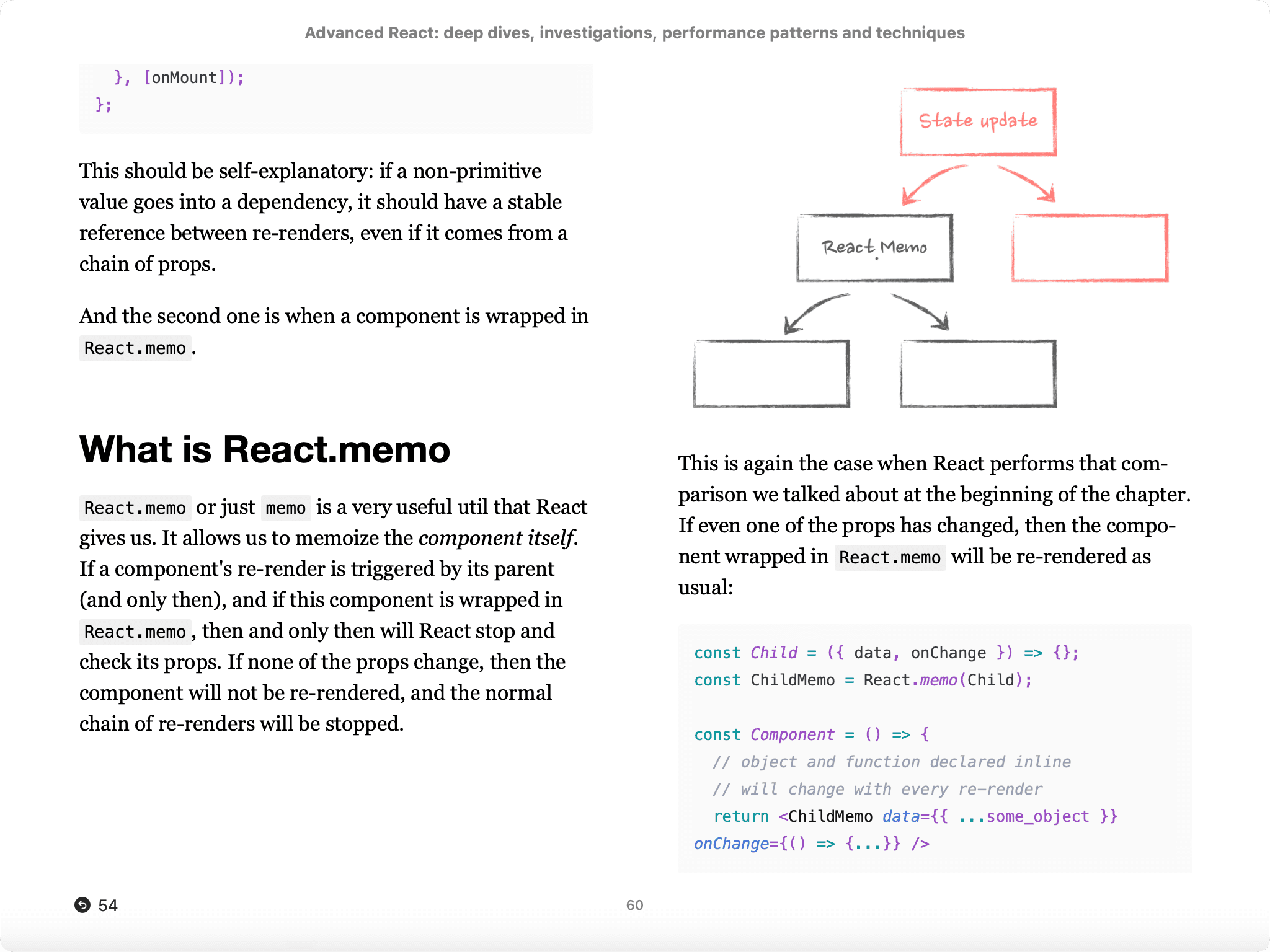
Buy Advanced React ebook
Join 2000+ developers who've transformed their React skills
Local taxes not included.
- E-book in Epub and PDF format
- 16 chapters of advanced knowledge
- Countless inline and 105 interactive code examples
Have any questions?
Frequently Asked Questions
I'm new to React. Is this book a good fit for me?
The book's target audience is people who are already familiar with React. Ideally, they have implemented an app or two and now want to progress to the next level. If you're a complete beginner, the book may not be the best fit. It starts with investigating a small performance problem right away and assumes that the reader can implement at least a simple "todo" app by themselves.
You'll definitely need the book after a few months into your React journey though 😉
Can I read the book on my Kindle?
Absolutely! The book is in epub format, which Kindle supports. You can use Amazon's "Send to Kindle" service to upload it to any of your Kindle devices.
Do you support Purchasing Power Parity or regional discounts?
If you live in a country with low purchasing power, or are just experiencing financial hardship, and the book is too expensive for you, you can use the code PARITY20 during checkout to get a 20% discount. This offer is only available for the e-book purchased through the website.
Can I share the book with my friends and coworkers?
The book license is for one person only. I would ask you to respect that and not distribute it to others. Please send a request to support@advanced-react.com if you have any questions or concerns.
What is your refund policy?
If you don't like the book and want a refund, please send a request to support@advanced-react.com within 14 days of purchase.
I would appreciate it if you could provide the reason for the refund, but it's not mandatory.
What if I have more questions?
Drop me a message on support@advanced-react.com if you have more questions. I'll do my best to answer them.
G'day, I'm Nadia!
I used to work at Atlassian, where I had a chance to be exposed to completely different types of frontend development in various teams, including Atlaskit, Jira Navigation team, Jira Ops team, Jira Frontend Platform team. The last one was responsible for the architecture, builds, deploys, and best practices of the entire Jira frontend repository (millions of lines of code now!).
After the joys and challenges of working for big tech, I decided to gain a completely different perspective and joined a small startup called Pyn as a Founding Engineer.
Over the past two years I've been writing a blog Developer Way, dedicated to advanced concepts for React developers and have spoken at conferences throughout the world, from Europe to Australia: React Summit in Amsterdam, CODEstantine in Belgrade, ReactConf in Sydney, to name a few.

